Bus lighting
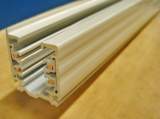 The functional purpose of the busbar, as an alternative to the traditional cable, is to transmit electricity over a distance and distribute it among consumers. Lighting bus channels are designed specifically to power lighting fixtures, which are typically low power receivers.
The functional purpose of the busbar, as an alternative to the traditional cable, is to transmit electricity over a distance and distribute it among consumers. Lighting bus channels are designed specifically to power lighting fixtures, which are typically low power receivers.
Track lighting can today be found in commercial areas such as shopping centers and in industrial facilities such as workshops and in public buildings such as sports halls and even in everyday life as track lights are included tires perfectly fit into the home interior.

Lighting rails are easy to install, dismantle, change, their flexibility allows you to easily reconfigure the lighting system or even move it to another room without significant material costs. Lighting busbar structures are compact, reliable and, unlike cables, are almost fireproof. Angled, straight and flexible sections of different lengths are easy to assemble according to the project and have a very aesthetic appearance after completion.
In conventional networks with a voltage of 220 and 380 volts, these buses can withstand currents of up to 25 amperes, which is usually enough for lighting systems.
A relative disadvantage of the lighting bus channel can be considered that, compared to cables, the project of the bus channel is developed by specialists individually for a specific room, due to which the delivery time of the equipment is longer. In addition, the project must be developed taking into account all the nuances, such as the location of ventilation ducts, various decorative structures already installed under the ceiling, etc.
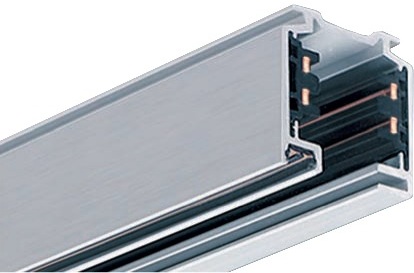
The design of the lighting bus channel is a set of aluminum profile elements of various shapes, characterized by sufficiently high strength and resistance to deformation.
Busbars of any complexity and required length are assembled from parts that are connected by connecting elements. Inside the aluminum profile there are four conductor cores that are not visible from the outside.
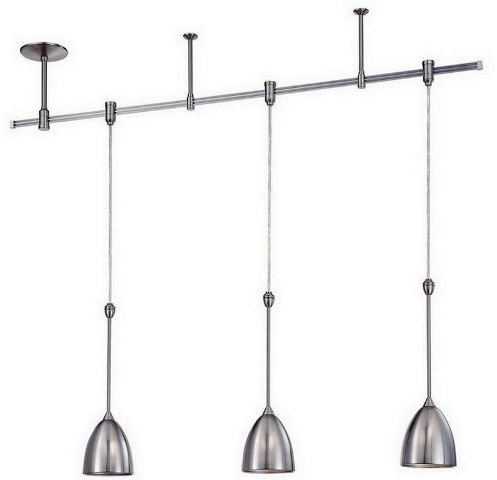
There are basically two types of track lighting: overhead, this is also a suspended track, and built-in. A suspended lighting rail is installed directly to the ceiling or is carried out on brackets or special hangers, which are very popular for the formation of track lighting systems.
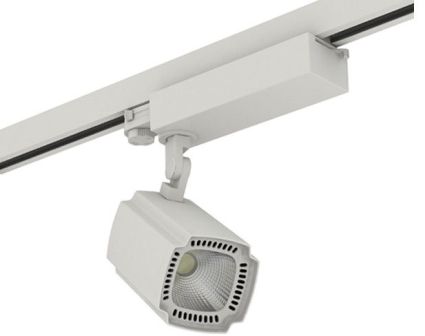
Built-in lighting tracks require a more thorough approach even at the stage of ceiling design and installation. Special mounting holes must be made in the ceiling in advance, thanks to which the bus channels can be installed at ceiling level.
Of course, the built-in bus channel initially requires high costs, but it also looks more aesthetic and more suitable for the interior, because even at the stage of interior design, designers will calculate everything in the best possible way.
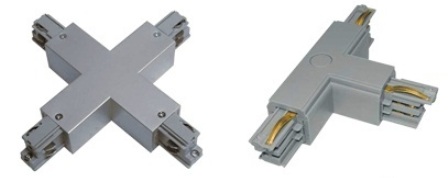
One way or another, in order for the lighting to successfully fit into the interior and be of high quality, it is important to correctly develop a project for a lighting system on a rail, whether it is lights for shop windows or built-in lighting of the rail on the ceiling of an apartment. It is extremely important to choose the correct length of the busbar, the number of its elements, the necessary fasteners, etc. Then it will be possible to avoid problems and the installation together with the connection will not take much time.
